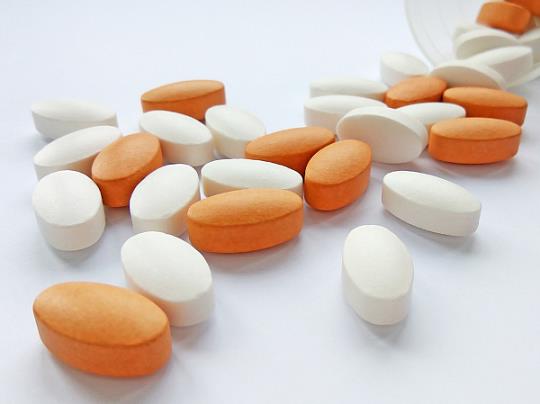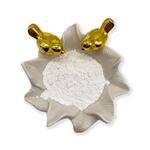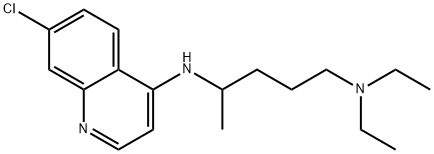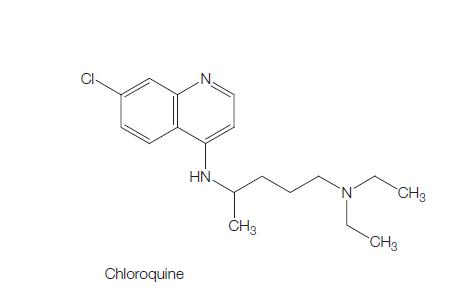Mechanism of Chloroquine
Chloroquine (CQ) and hydroxychloroquine (HCQ) are synthetic 4-aminoquinolines. CQ has been used as an antimalarial drug since World War II. Later, CQ’s use expanded to include management of systemic lupus erythematosus (SLE) and rheumatoid arthritis (RA). It has mild adverse effects when used short term, however, chronic use for autoimmune indications can cause irreversible ocular toxicity. HCQ was synthesized by adding a b-hydroxyl group to one of the N-ethyl groups on the CQ molecule in hopes of reducing its toxicity. HCQ was first approved by the Food and Drug Administration in 1955 for malaria. It is not as effective for treatment of malaria when compared to CQ but is considered to be a safer option for SLE and RA given its lower risk of ocular toxicity.

Property
Chloroquine is a white or slightly white odorless crystalline powder. It has a melting point from 87 to 92℃. Chloroquine is slightly soluble in water, and also in chloroform, ether, and dilute acids. Solutions of chloroquine phosphate and hydroxychloroquine sulfate have a pH of 4.5.
Uses
Chloroquine and HCQ are both used as anti-inflammatory and antimalarial drugs.
Mechanism
The exact mechanism of action of Chloroquine and HCQ is not completely understood but involves inhibition of DNA and RNA polymerase. They are also direct myocardial depressants that impair cardiac conduction through membrane stabilization. It is unclear how they work in autoimmune diseases.
);Lastest Price from CHLOROQUINE manufacturers

US $10.00-15.00/g2023-03-11
- CAS:
- 54-05-7
- Min. Order:
- 10g
- Purity:
- 99%
- Supply Ability:
- 2546245



